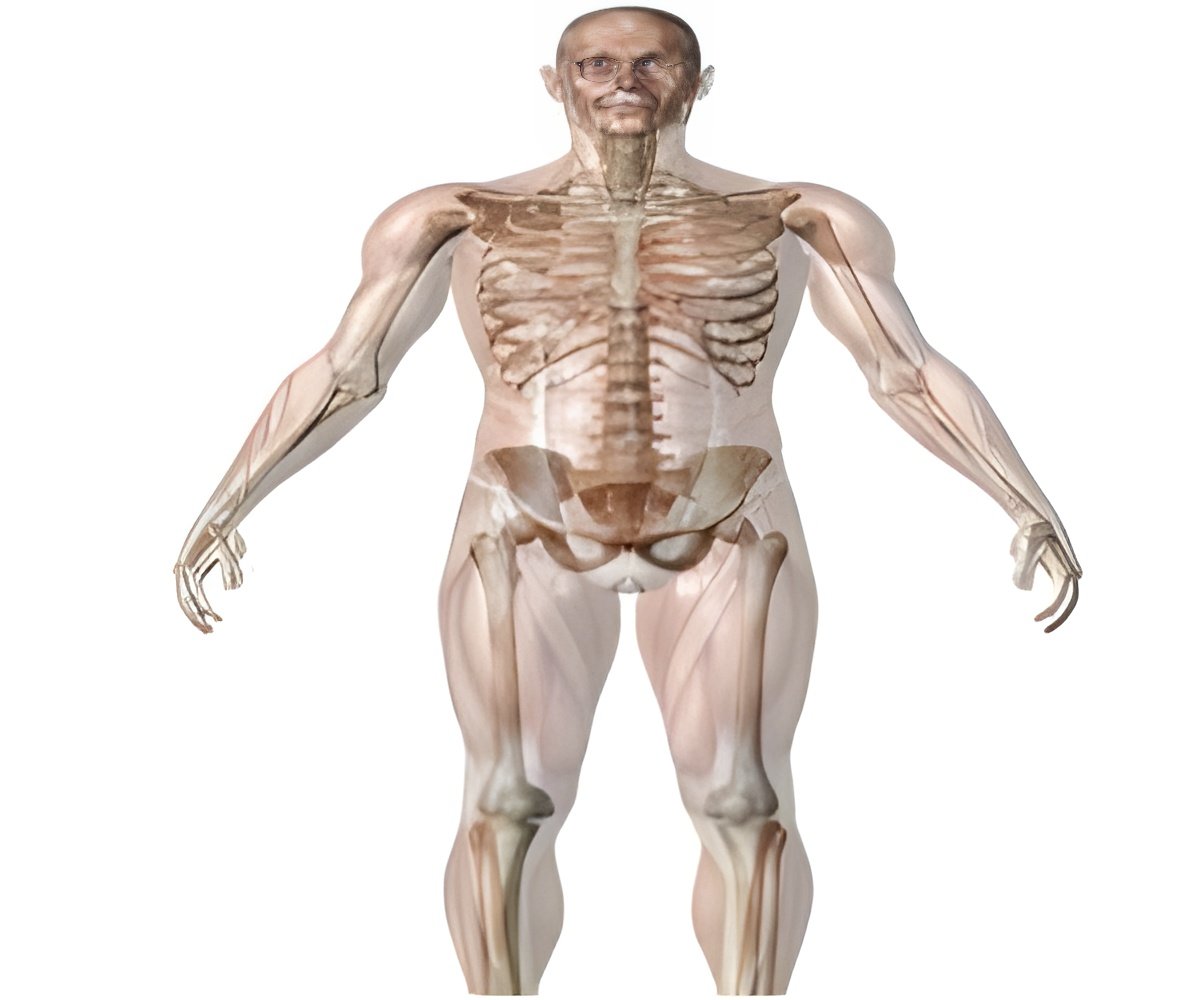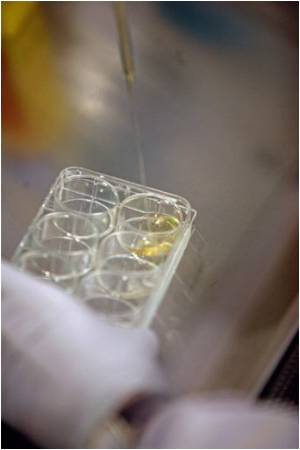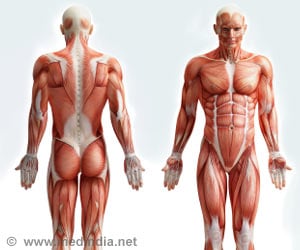
In the study, the team demonstrated the method in mice in which the nerves that supply muscles in the hind legs were injured. They showed that the transplanted stem cell-derived motor neurons grew along the injured nerves to connect successfully with the paralyzed muscles, which could then be controlled by pulses of blue light.
Professor Linda Greensmith of the MRC Centre for Neuromuscular Diseases at UCL's Institute of Neurology, who co-led the study, said that this strategy has significant advantages over existing techniques that use electricity to stimulate nerves, which can be painful and often results in rapid muscle fatigue.
Dr Ivo Lieberam of the MRC Centre for Developmental Neurobiology, King's College London said that they custom-tailored embryonic stem cells so that motor neurons derived from them can function as part of the muscle pacemaker device, asserting that first they equipped the cells with a molecular light sensor and that enabled them to control motor neurons with blue light flashes.
He said that they then built a survival gene into them, which helps the stem-cell motor neurons to stay alive when they are transplanted inside the injured nerve and allows them to grow to connect to muscle.
The study has been published in the journal Science.
Advertisement









